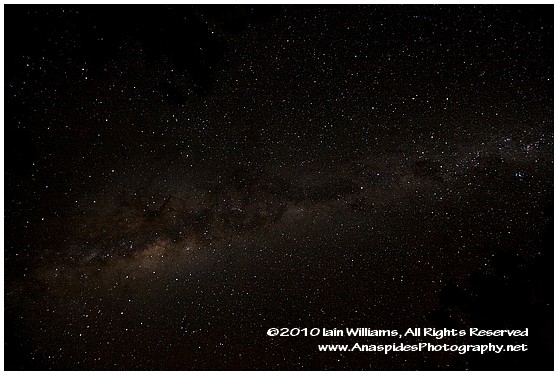"Let's Get Married" - Chinese Style, People's Republic of China
 Sunday, November 28, 2010 at 3:05PM
Sunday, November 28, 2010 at 3:05PM  During a break in the formal proceedings, Danniel Berehulak (Getty Images) and myself discovered several Chinese wedding photographers earning their living in a small artificial town aptly called Thames.
During a break in the formal proceedings, Danniel Berehulak (Getty Images) and myself discovered several Chinese wedding photographers earning their living in a small artificial town aptly called Thames.
Thames Town is the English name for a new town created along the Yantze  River in Songjiang Province 30 km from Shanghai. The area is named after the River Thames in England. The architecture both imitates and is influenced by classic English market town styles. There are cobbled streets, Victorian terraces, corner shops - empty as in an abandoned film set.
River in Songjiang Province 30 km from Shanghai. The area is named after the River Thames in England. The architecture both imitates and is influenced by classic English market town styles. There are cobbled streets, Victorian terraces, corner shops - empty as in an abandoned film set.
 Some of the architecture has been directly copied from buildings found in England, such as the church copied from a similar church in Bristol, England and a fish & chip shop copied from one located in Dorset. The picturesque church and main square makes an idyllic backdrop for many Chinese Wedding photographers to ply his or her trade. (in part from Wikipedia). The duplication even goes so far as to include a full size bronze statue of Winston Churchill.
Some of the architecture has been directly copied from buildings found in England, such as the church copied from a similar church in Bristol, England and a fish & chip shop copied from one located in Dorset. The picturesque church and main square makes an idyllic backdrop for many Chinese Wedding photographers to ply his or her trade. (in part from Wikipedia). The duplication even goes so far as to include a full size bronze statue of Winston Churchill.
To westerners the idea of a white wedding is relatively straight forward, however, the Chinese add a twist to this traditional approach by doing things a little differently – especially in relation to how they have there photographs taken and the locations they choose to be photographed in. It would appear that it isn’t trendy and schk o be photographed in China, so a complete town has been created to give the illusion of being somewhere else.
On the afternoon I visited Thames, it was solidly being used by several photographers, grooms and brides dressed in an assortment of wedding outfits. I learnt that this didn’t just occur on weekends or on the odd week day, but was a constant production-line seven days a week providing an annual income for several dozen photographers.
Small somewhat dirty shop fronts provide enclaves for the bridle pair to change clothes or confer with their photographer. One young groom sported a tight t-short and carried a multi-coloured umbrella, while another bride leaned towards a wall and with arms outstretched glancing over her shoulder with a sultry expression on her face. One wedding group had a helper hitch the wedding gown of a bride almost to her waist before flinging the gown into the air in the hope that the photographer will capture the gown in full flight. Photographic technicians (aka helpers) stand vigilance over a arsenal of photographic accessories: spotlights, strobes, gels, flash guns, translucent and gold coloured diffusers.
The light is almost perfect for wedding portraits, not because it’s low to the horizon, but because the light was filtered through a haze of aerial pollutants which act as a huge sky diffuser removing strong shadows and provided a surreal yellowish tinge to anything photographed.
Continual Security
Although China is the People's Republic and the Government has grasped the main attributes of Capitalism, it must be remembered that essentially China is a Communist nation and as such abides to the rules, however shaky, of communist idealism.
Although the wedding couples were no doubt enjoying their recent marriage, security was omnipresent. Automatic cameras hung from several buildings and security personnel (dressed in official red coloured tunics) walked about the area or stood immobilised outside public buildings. Interestingly, unlike western nations, in particular the United States of America, I did not see a pistol, revolver or automatic weapon during my visit the People's Republic. I will write more on this in a later post.....


ABOVE: Chinese brides and grooms pose for wedding photographs.
ABOVE LEFT: Small basic shop-fronts offer a seat and mirror for brides to dress and alter their makeup before getting their photographs taken in the Thames.
ABOVE RIGHT: Small "pub-like" building is a exact copy (replica) of a English pub in Bristol. I'm not sure if it actually is open for use or just facade.













